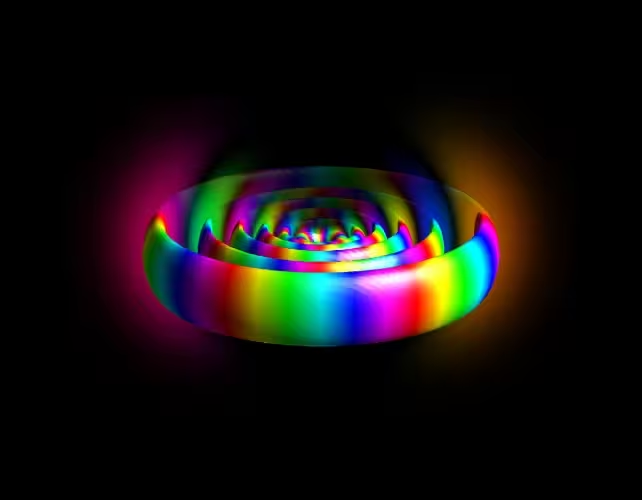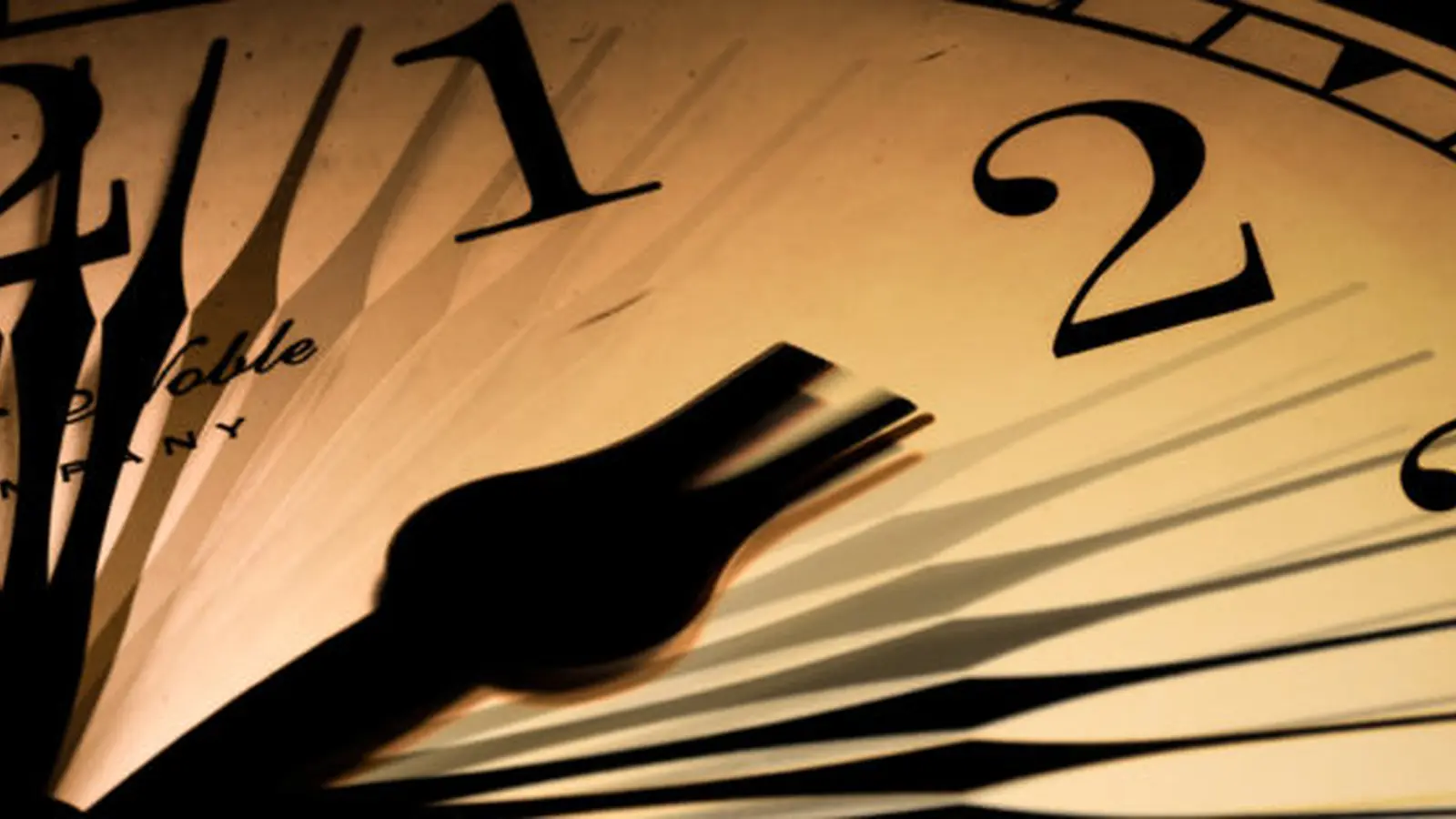5 Minutes
(Loren Zemlicka/Moment/Getty Images)
In classical physics, measuring time is straightforward: start a clock at "then" and stop it at "now." At the quantum scale, however, the notion of a definite start or end can become ambiguous. Researchers at Uppsala University have demonstrated an alternative approach to timing ultrafast events that does not require a precisely defined starting point. Their method reads distinctive interference patterns formed by Rydberg wave packets and uses those patterns as intrinsic quantum timestamps.

Visualization of a Rydberg atom
Scientific background: What are Rydberg atoms and wave packets?
Rydberg atoms are atoms whose electrons occupy very high-energy states, orbiting far from the nucleus. These states are often produced and controlled with lasers, making Rydberg atoms a versatile tool for experiments in quantum optics and quantum information. Because the electron is so loosely bound, its behavior is highly sensitive to external fields and to quantum interference effects.
When an atom is driven into a superposition of several Rydberg energy states, the collective motion of those components is described by a Rydberg wave packet. A wave packet evolves over time according to the phase relationships among its constituent energy states. If multiple wave packets exist simultaneously in an atom or ensemble, they interfere and produce distinct spatiotemporal patterns. Those interference patterns act like fingerprints: each pattern encodes the relative evolution time of the underlying quantum states.
This is important because, unlike a stopwatch that requires a defined t = 0, the interference signature emerges from the system's internal dynamics. In other words, the pattern itself carries timing information without an externally imposed start.
Experiment and results: Laser-excited helium and quantum timestamps
The Uppsala team used pump–probe spectroscopy on helium atoms to create and observe Rydberg wave packets. In a pump–probe setup, a first laser pulse excites the system (pump) and a second pulse (probe) interrogates its state after a variable delay. Traditional pump–probe timing depends on accurately controlling and measuring that delay. The new approach instead analyzes the structure of the interference between Rydberg states produced by the excitation pulses.
By comparing measured interference signatures with theoretical predictions, the researchers built a guidebook mapping specific interference patterns to elapsed times. Rather than counting from a known zero, technicians can inspect the wave-packet fingerprint and read off a time value — for example, identifying that an evolving interference structure corresponds to a few nanoseconds or, in other configurations, to durations as short as approximately 1.7 trillionths of a second (about 1.7 picoseconds).
This quantum timestamping relies on well-characterized wave-packet dynamics. The helium experiments served as a proof of principle: the experimental data matched the predicted interference patterns closely enough to demonstrate reliable timing without a defined start. As the Uppsala team summarized, the method shifts the burden from establishing an absolute start time to recognizing and interpreting intrinsic quantum signatures.
Applications and implications for ultrafast measurement
Quantum timestamping via Rydberg wave-packet interference offers several promising advantages:
- Pump–probe spectroscopy enhancement: The technique can complement existing pump–probe methods, allowing measurement of processes where establishing an exact t = 0 is difficult or impossible.
- Quantum metrology: Intrinsic quantum timestamps could improve the calibration of ultrafast measurements in solid-state and atomic systems.
- Quantum computing and sensing: Rydberg states are already of interest for quantum gates and sensors; the same interference-based timing could be adapted to diagnose or synchronize operations inside quantum devices.
Future work can extend the guidebook of interference-to-time mappings by using different atoms, varying laser pulse energies, or engineering specific superpositions. Such expansions would widen the method's usable range of timescales and conditions, potentially reaching both shorter (sub-picosecond) and longer (nanosecond) domains depending on the atomic species and experimental design.

Expert Insight
Dr. Elena Morales, a quantum optics researcher at the Institute for Photonic Sciences (fictional), comments: "Interference-based timestamping is a clever reimagining of what 'time measurement' can mean at quantum scales. Instead of forcing a classical stopwatch onto a quantum system, this method lets the system announce its own history through measurable patterns. That makes it especially useful for experiments where an absolute start is impractical or where the system's preparation itself introduces timing uncertainty."
Conclusion
The Uppsala experiments demonstrate a novel route to ultrafast timing that leverages the internal dynamics of quantum systems rather than external start-stop markers. By cataloguing interference patterns from Rydberg wave packets, researchers can read intrinsic timestamps that apply across a range of timescales. This approach strengthens pump–probe spectroscopy, offers new tools for quantum metrology, and suggests practical benefits for quantum technologies. As researchers expand the interference guidebook to other atoms and laser conditions, quantum timestamping could become a standard technique for measuring fleeting events where conventional clocks cannot be applied.
Source: sciencealert


Leave a Comment